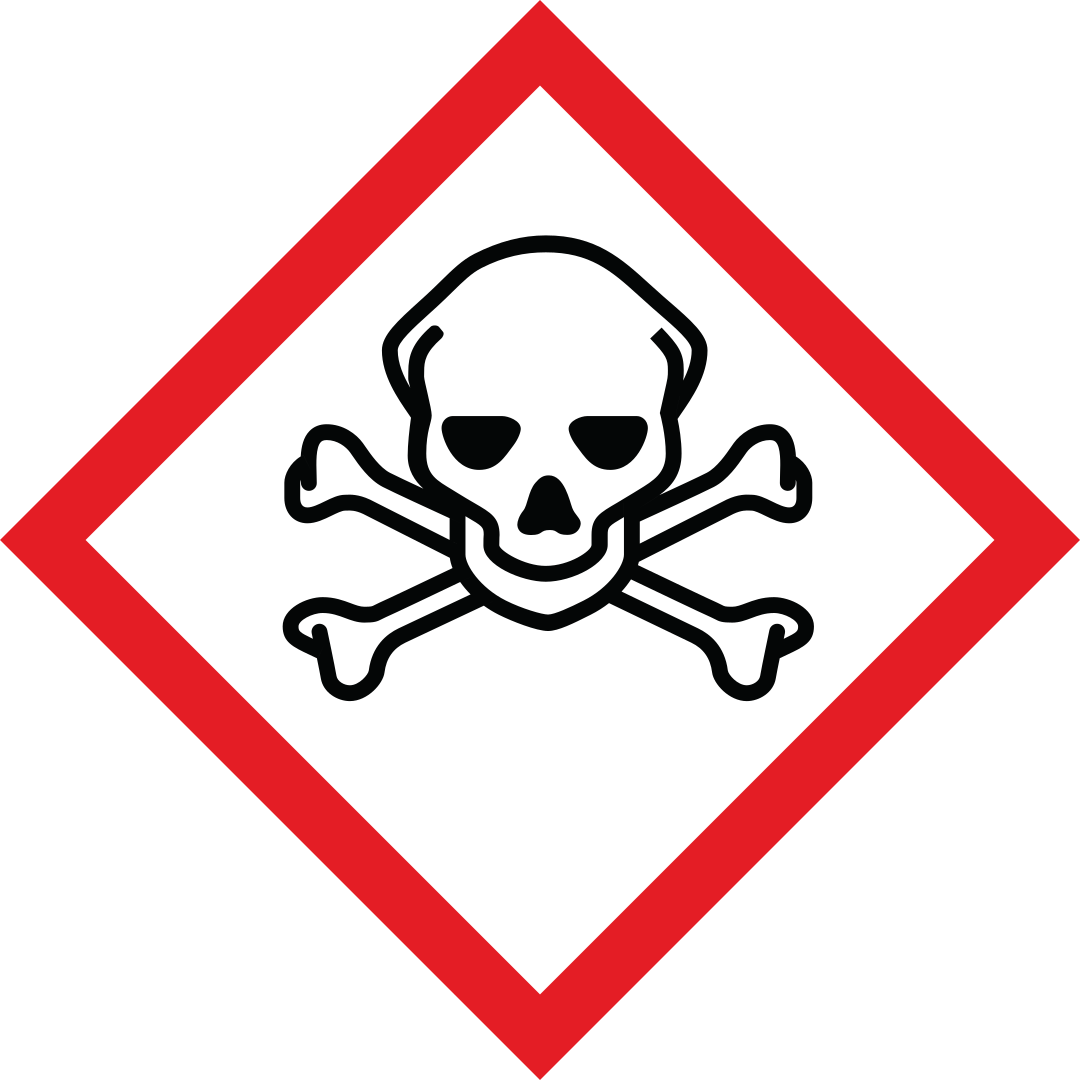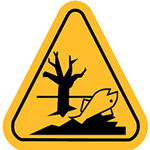There are many reasons why you’ll want to pass your CITB test first time. Using a CSCS revision book, published by the CITB, is a great way to prepare. You’ll have a chance to see what test questions will look like, check your understanding of each topic and learn the answers to questions you don’t know.
Blend revision from the book with practice tests you can do online and you have a winning combination. The benefit of a book is that you can practice easily over time and learn all the answers you didn’t know with ease.
Remember tests challenge our ability to complete a task in an allotted time as well as our subject knowledge so it’s a great advantage to be able to practice beforehand. Here’s all you need to know about the CSCS revision books and other materials such as PDF downloads you need for each test and how to use them to help you pass.
Health Safety and Environment Test for Operatives and Specialists free download
Click here to download the health, safety and environment test questions and answers PDF.
Take a mock HSE test
Loading test...
Operatives and Specialists Test 13 (2023)
You have 45 minutes to answer 50 multiple choice test mock questions in preparation for the Health, Safety and Environment CSCS Operatives and Specialists test. You need to answer at least 45 out of 50 questions correctly to pass. Answers may be reviewed after each question or at the end of the test!
Reveal all questions for this test to download ▼
1. Your employer is conducting a risk assessment before you begin working on a roof. They will be assessing the risk to WHOM?
Check ALL that apply
A Passers byB The tile providersC Their public imageD YouE Your team
Correct Answer: A Passers by, D You, E Your team
Explanation: A risk assessment assesses hazards that put you or others at risk over the course of a job.
2. You are asked to do work you are capable of doing, but have not received training for. What should you do?
Give ONE answer
A Carry out the work under supervisionB If you think you can do the work safely, then do itC Report the incident to HRD Speak to your site manager or supervisor
Correct Answer: D Speak to your site manager or supervisor
Explanation: You must speak to your site manager or supervisor if you are being put in this position. If you do not have training, you may carry out a job dangerously - even if you have the necessary skills.
3. You should expect to be consulted on workplace safety practices. TRUE or FALSE?
Give ONE answer
A FALSEB TRUE
Correct Answer: B TRUE
Explanation: Many sites encourage workers to participate in safety discussions and audits. This is because workers usually have a better understanding of on-site risks, and the efficacy of safety measures.
4. A Health and Safety Executive inspector issues a prohibition notice to your team at work. What should you do?
Give ONE answer
A Ensure that the inspector offers accreditation before agreeing to stop workB Stop work immediatelyC Stop work when there is a safe and convenient time to do soD Wait until your site manager clears you to stop work
Correct Answer: B Stop work immediately
Explanation: Upon issue of a prohibition notice, all work connected to the unsafe activity must stop immediately.
5. What should you do if you are not able to follow your safe system of work?
Give ONE answer
A Continue working until a supervisor is available to offer supportB Find a suitable way of adaptingC Stop workingD Stop working and seek advice
Correct Answer: D Stop working and seek advice
Explanation: If a safe system of work cannot be followed, adaptations need to be made under counsel. Work should not continue until you have found an authorised alternative.
6. An absent colleague leaves your team unable to follow your safe system of work. What should you do?
Give ONE answer
A Devise a way around it and continue workingB Do not begin work, and seek advice on how to proceedC Report your absent colleague so that disciplinary action can be takenD Seek advice on how to proceed, but continue working in the meantime
Correct Answer: B Do not begin work, and seek advice on how to proceed
Explanation: If you cannot follow your safe system of work, stop work and seek advice.
7. What is the MAIN reason that respiratory hazards are so dangerous?
Give ONE answer
A You may choke from blocked airwaysB You may contract a range of illnessesC You may find it harder to communicateD You may lose the ability to talk
Correct Answer: B You may contract a range of illnesses
Explanation: Respiratory hazards can lead to the inhalation of harmful substances that cause disease and illness.
8. Respiratory hazards may lead to damage in which parts of the body?
Give ONE answer
A MAINLY airways and lungsB ONLY airwaysC ONLY airways and lungsD ONLY lungs
Correct Answer: A MAINLY airways and lungs
Explanation: Your airways and lungs are at most risk, but disease can spread to other parts of the body too.
9. If respiratory protective equipment (RPE) is required for a job, where can you acquire it?
Give ONE answer
A It must be supplied for free by your employerB You must buy it from an authorised provider before you can begin workC You must purchase it from your employer during inductionD You must rent it from your employer
Correct Answer: A It must be supplied for free by your employer
Explanation: Your employer is legally obliged to provide all requisite RPE to you for free.
10. What is ONE acute health condition you may develop after welding?
Give ONE answer
A Hot metal feverB Hot metal madnessC Metal fume feverD Myocarditis
Correct Answer: C Metal fume fever
Explanation: Welding and hot working exposes you to metal fumes, the inhalation of which can cause 'metal fume fever'.
11. When managing materials, which is the BEST way to protect yourself from the risks created by dust?
Give ONE answer
A Dampen materials with waterB Make sure materials are pre-ordered to the correct sizeC Use a dust-extraction toolD Use the correct RPE
Correct Answer: B Make sure materials are pre-ordered to the correct size
Explanation: The best way to protect yourself against dust is to avoid creating it in the first place. Ensuring your materials are the correct size in advance will reduce the need for cutting or sanding.
12. Silica dust is NOT produced by which of the following activities?
Give ONE answer
A Clearing up rubbleB Demolishing concrete floorsC Sanding plywoodD Trimming paving slabs
Correct Answer: C Sanding plywood
Explanation: Plywood does not contain silica dust - the other materials do.
13. You are clearing rubble from a cellar. What should you do before you start?
Give ONE answer
A Agitate the rubble to dislodge any smaller particles onto the floorB Move the larger pieces into orderly pilesC Spray it with waterD Sweep the floor of any smaller dust particles
Correct Answer: C Spray it with water
Explanation: It is advisable to spray rubble with water first to stop dust forming clouds when you move it.
14. What is a residual current device (RCD)?
Give ONE answer
A A device which ensures a tool is working at maximum efficiencyB A device which immediately cuts off electricity if a fault is detectedC A device which is used to make electricity last longerD An device which stores and recirculates unused electricity
Correct Answer: B A device which immediately cuts off electricity if a fault is detected
Explanation: RCDs will quickly cut off power if a problem is detected.
15. You see a drone flying on-site. What should you do?
Give ONE answer
A Inform your supervisorB Nothing, so long as it is not being disruptiveC Report it to the HSED Try to knock it out of the air
Correct Answer: A Inform your supervisor
Explanation: An on-site drone may be an authorised part of the project. Inform your supervisor if you see one operating unexpectedly.
16. What should you do with spent cannisters or cells after using a nail gun?
Give ONE answer
A Dispose of them in general wasteB Dispose of them in the correct specialist wayC Take them to be refilledD They will not be spent if they are correctly used
Correct Answer: B Dispose of them in the correct specialist way
Explanation: Spent cells and cannisters are not general waste, and must be correctly disposed of.
17. What function do these mats serve?
Give ONE answer
A They help keep animals away from equipmentB They indicate where equipment should be storedC They prevent spills leaking into the groundD They protect the equipment from uneven surfaces
Correct Answer: C They prevent spills leaking into the ground
Explanation: These mats prevent fuel from leaking into the ground during refuelling.
18. HAVS may present alongside which two additional conditions?
Give TWO answers
A ArthritisB Carpal tunnel syndromeC DermatitisD Tennis elbow
Correct Answer: B Carpal tunnel syndrome, D Tennis elbow
Explanation: The circumstances that cause HAVS may also cause carpal tunnel syndrome and tennis elbow.
19. Why will an employer begin health surveillance of an employee who is exposed to high vibration levels?
Give ONE answer
A Health surveillance would not be used under these circumstancesB To ensure that safety measures are working and the employee is not developing health problemsC To ensure they are not held liable for damages if the employee develops HAVSD To experiment with the efficacy of new safety measures
Correct Answer: B To ensure that safety measures are working and the employee is not developing health problems
Explanation: Employers must begin health surveillance under these circumstances to ensure the employee is properly protected.
20. You are charged with hiring a company to transport waste off-site. What should you look for?
Give ONE answer
A One that is environmentally certifiedB One that is licensed and registeredC One that is locally sourcedD One that uses electric vehicles
Correct Answer: B One that is licensed and registered
Explanation: Waste transport companies contracted by your site should be licensed and registered.
21. You are removing silty water from an excavation. What should be done with the water?
Give ONE answer
A It can be discharged in the nearest ditch or watercourse, as the silts are naturally occurring and localB It must be discharged into a fast-running watercourseC It must be stored in a lined skipD Silty water must always be treated before it is discharged
Correct Answer: D Silty water must always be treated before it is discharged
Explanation: Silty water is a pollutant, and must be treated before it can be safely discharged.
Correct Answer: D  Explanation:
Explanation: You will see this sign: this is the shape of sign appropriate for hazardous substances.
23. Which ONE of the following offers adequate edge protection?
Give ONE answer
A NettingB Plastic barriersC RopeD Temporary guardrails
Correct Answer: D Temporary guardrails
Explanation: Edge protection must be rigid enough to stop people falling. Netting, plastic barriers, and rope are usually insufficient.
24. How should you properly secure a ladder?
Give ONE answer
A Always have someone holding it at the bottomB Tie it at the bottomC Tie it at the topD Weight it with rocks
Correct Answer: C Tie it at the top
Explanation: Tying a ladder at the top is the best way to secure it.
25. When is an accident involving falling equipment MOST likely to take place?
Give ONE answer
A During unloadingB During vehicle repairC During vehicle transitD When the site is unmanned
Correct Answer: A During unloading
Explanation: Unloading equipment is a time when the risk of accident is high.
26. You are working at height, and have been equipped with an inertia reel. What is this?
Give ONE answer
A A fall arrester for workers using heavy equipmentB A fall arrester that keeps you in a vertical positionC A retractable fall arresterD It slows, but does not arrest, your fall
Correct Answer: C A retractable fall arrester
Explanation: An inertia reel is a fast-acting, retractable fall arrest device.
27. What TWO factors often result in accidents involving overhead power lines?
Give TWO answers
A People do not notice themB The lines are running at an unusually high voltageC Utilities owners turn on the power lines without informing the workersD Weather conditions make the lines hard to spotE Workers are not wearing rubber clothing
Correct Answer: A People do not notice them, D Weather conditions make the lines hard to spot
Explanation: Many accidents result from bad weather conditions, or workers who are not vigilant about overhead lines.
28. How fast does electricity travel?
Give ONE answer
A 100 miles per secondB 50,000 miles per secondC The speed of lightD The speed of sound
Correct Answer: C The speed of light
Explanation: Electricity travels at approximately the speed of light.
29. You are issued safety glasses as PPE to work with a disc cutter. Do you proceed?
Give ONE answer
A No: high-impact protection will impede your ability to perform this taskB No: low-impact protection is not sufficient for this taskC Yes: high-impact protection is sufficient for this taskD Yes: low-impact protection is sufficient for this task
Correct Answer: B No: low-impact protection is not sufficient for this task
Explanation: Do not proceed. Safety glasses only offer low-impact protection, and this is not sufficient when using a disc cutter.
30. Why is it important to obtain a hot works permit?
Give ONE answer
A Because a different accident book must be available to record accidentsB Because the work involved creates additional legal liability for your employerC Because the work involved creates specific fire risksD Because the work involved exposes you to harmful temperature levels
Correct Answer: C Because the work involved creates specific fire risks
Explanation: Hot work permits help control and mitigate the additional fire risks created by these activities.
31. How must you store compressed gas when in use?
Give ONE answer
A Below 10 degrees CelsiusB In an insulating casingC SidewaysD Upright
Correct Answer: D Upright
Explanation: Compressed gas must be stored upright.
32. There is an electrical fire. Which TWO extinguishers can you use?
Give TWO answers
A Black (carbon dioxide)B Blue (powder)C Cream (foam)D Red (water)E Yellow (wet chemical)
Correct Answer: A Black (carbon dioxide), B Blue (powder)
Explanation: Electrical fires can be put out with blue (powder) and black (carbon dioxide) extinguishers. You must NOT use any other extinguisher.
33. Why is asbestos a threat to health?
Give ONE answer
A Asbestos exposure can cause major skin damageB Asbestos ingestion can cause organ failureC Asbestos inhalation can cause lung diseaseD Asbestos poisoning can have dangerous neurological implications
Correct Answer: C Asbestos inhalation can cause lung disease
Explanation: Inhaling asbestos fibres can cause serious lung disease.
34. Which of the following is NOT an example of an on-site emergency?
Give ONE answer
A Chemical spillB Fuel shortageC Significant chemical burnsD Workers trapped in a collapsed excavation
Correct Answer: B Fuel shortage
Explanation: Fuel shortage is not an example of an on-site emergency.
35. Your colleague has fallen, and is finding it painful to move their leg. What should you do?
Give ONE answer
A Continue working if possibleB Help them to their feet to assess the extent of damageC If possible, accompany them to the first aid pointD Keep them still and call for a first aider
Correct Answer: D Keep them still and call for a first aider
Explanation: Do not attempt to move injured parties. Call for medical assistance.
36. What may be an early sign you have contracted tetanus?
Give ONE answer
A You become sensitive to bright lightsB You begin to feel dizzyC You find your jaw becoming stiffD Your hands and forearms begin to shake
Correct Answer: C You find your jaw becoming stiff
Explanation: Stiffness in the jaw and mouth is an early sign of tetanus. For this reason, it is also called "lockjaw."
37. How can you mitigate the risk of contracting tetanus?
Give ONE answer
A Do not work in areas where tetanus has been foundB Keep open wounds, cuts, and grazes coveredC Take precautionary tetanus antibioticsD Wear the correct respiratory protective equipment
Correct Answer: B Keep open wounds, cuts, and grazes covered
Explanation: Tetanus is contracted when the bacteria enter your body through cuts and wounds. Keep these covered at all times.
38. When clearing waste, you find you have been pricked with a hypodermic needle. What should you do?
Give ONE answer
A Check if there was any liquid left in the needle so it can be testedB Immediately seek medical advice and inform your supervisorC Inform your supervisor and begin a precautionary course of antibiotics D Safely dispose of the needle and consult a doctor
Correct Answer: B Immediately seek medical advice and inform your supervisor
Explanation: Always seek immediate medical advice if you have been pricked with a needle. Inform your supervisor of the incident.
39. What change/s in a colleague's work ethic might suggest they are experiencing stress?
Check ALL that apply
A They become more attentive than usual to safety precautionsB They express interest in taking more training coursesC They start pushing themselves to work longer hoursD They start to regularly arrive late to work
Correct Answer: C They start pushing themselves to work longer hours, D They start to regularly arrive late to work
Explanation: People may react to stress by pushing themselves too far, or withdrawing from their work commitments.
40. Where can you find support if you would like to improve your mental health?
Give ONE answer
A All of the theseB Independent professionalsC Online resources and communitiesD Trusted friends and colleagues
Correct Answer: A All of the these
Explanation: You can turn to all of these - and more - for help in improving and maintaining your mental health.
41. What is the LEGAL status of legal highs?
Give ONE answer
A They are illegal under the Psychoactive Substances ActB They are legalC They are legal under prescriptionD They are legal under the Psychoactive Substances Control Act for certain conditions
Correct Answer: A They are illegal under the Psychoactive Substances Act
Explanation: Psychoactive substances, also known as "legal highs", are illegal.
42. Which class of drug is cannabis?
Give ONE answer
A Class AB Class BC Class CD Class D
Correct Answer: B Class B
Explanation: Cannabis is a class B drug.
43. Which of the following contributes most towards your daily unit intake?
Give ONE answer
A A double-shot of 40% spiritB A single shot of 40% spiritC One 200ml glass of 13% wineD One pint of 5% beer
Correct Answer: D One pint of 5% beer
Explanation: One pint of 5% beer is 2.8 units, and exceeds your daily recommended intake.
44. What is MOST likely to create high levels of fatigue in workers?
Give ONE answer
A Bad site layouts that require extensive walkingB Badly scheduled shift patternsC Lots of activity outside of work D Poor catering facilities
Correct Answer: B Badly scheduled shift patterns
Explanation: High levels of fatigue are often the result of bad shift scheduling.
45. Which THREE of the following load properties must you know before lifting it?
Give THREE answers
A Centre of gravityB DensityC HandholdsD PriceE Serial numberF Weight
Correct Answer: A Centre of gravity, C Handholds, F Weight
Explanation: A load's weight and centre of gravity, and where it can be gripped, are all crucial properties you must know in order to safely lift it.
46. You are storing a heavy load in an empty shelving unit. Which height should you store it at?
Give ONE answer
A Floor levelB Knee heightC Shoulder heightD Waist height
Correct Answer: D Waist height
Explanation: Storing heavy loads at waist height will make them easier to pick up and put down.
47. What does this sign indicate?
Give ONE answer
A Hazardous substance that may cause irritationB Hazardous substance that may cause organ damageC Respiratory protective equipment is mandatoryD Risk of electrocution
Correct Answer: B Hazardous substance that may cause organ damage
Explanation: This sign indicates the substance may cause serious damage.
48. You notice a 'no thoroughfare' sign has been knocked crooked by a passing vehicle. What should you do?
Give ONE answer
A Nothing, if it is still clearly visibleB Report itC Take it down so it can be replacedD Try to fix it if possible
Correct Answer: B Report it
Explanation: You must report any damaged signs so they can be fixed.
49. What are TWO important details you must know about a load before lifting it?
Give TWO answers
A How hazardous it is B Its centre of gravityC Its monetary valueD Its temperatureE Its weight
Correct Answer: B Its centre of gravity, E Its weight
Explanation: Accidents can be caused by people not knowing a load's correct weight and centre of gravity.
50. What are TWO conditions which must be met for you to operate plant?
Give TWO answers
A You must be authorisedB You must be over 160cm tallC You must be over 18D You must be trainedE You must have been driving for at least 2 years
Correct Answer: A You must be authorised, D You must be trained
Explanation: Plant operators must be trained, competent, and authorised.
Read less
Why use a CSCS Revision Book?
Are CSCS revision books worth buying? Yes, they’re an invaluable purchase if you want to ensure you pass your CITB test first time.
CITB revision books mirror what you will find in the real CSCS test. Designed by the makers of the test, you’ll be able to see what questions will look like during the real assessment. You’ll also be able to uncover the answers to every question which is essential if you want to expand your knowledge.
Remember the CITB test is an assessment so you won’t pass with general knowledge alone. Essential laws and guidelines are the sorts of specific questions you won’t be able to answer without the book.
CITB revision books are also available as downloads for studying on the go.
Here’s more about what each book offers:
CSCS Revision Book 1
 CITB Health, Safety and Environment Test for Operatives and Specialists
CITB Health, Safety and Environment Test for Operatives and Specialists
This revision book will help you revise for the CITB Health, safety and environment test for operatives and specialists. You’ll find multiple choice questions about health, safety, the environment and specialist knowledge plus the answers for each. Questions are always updated in line with sector changes.
Topics covered include:
- Working environment
- High risk activities
- Safety
- Occupational Health
- Specialist subject-related topics available on the test
Usual cost: around £14
CSCS Revision Book 2
 CITB Health, Safety and Environment Test for Managers and Professionals
CITB Health, Safety and Environment Test for Managers and Professionals
If you’re taking the CITB Health, safety and environment test for managers and professionals, you’ll find this book contains lots of essential help. Inside there are multiple choice questions with the answer provided for each. Content is always updated in line with industry developments and the book is solely about the managers and professionals CITB test.
Topics covered include:
- Legal and management
- High risk activities
- General safety
- Health and welfare
- Specialist subjects
Usual cost: around £14
CSCS Revision Book 3
GE707 Construction Health and Safety Awareness and GT100 HS&E Ops and Spec Test Book
If you’re new to the industry and preparing to take the CITB Health, safety and environment test for operatives and specialists you’ll find this an enlightening text. The book reveals basic industry expectations and procedures for health, safety and the environment.
If you know the 1-day CITB Site Safety Plus course on health and awareness, you’ll recognise some of the content.
You’ll find the book easy to read, with lots of practical information and illustrations to keep things interesting.
Topics covered include:
- Legal and management
- High risk activities
- General safety
- Health and welfare
- Environment
- Specialist subject-related topics available on the test
Usual cost: around £14
Other revision materials for the CSCS test
The CITB have a number of other CSCS revision material for the CITB test, such as downloads and DVDs. There are also practice tests you can complete online.
Where to buy CSCS revision books
You can purchase each of the CITB revision books plus downloads and more from the CITB’s dedicated website. Known as the CITB Shop, you can access everything in one place, from books to downloads.
Revision video: Setting Out
Don’t forget to watch the Setting Out video to understand the safety procedures that should be in place in your workplace and how you can model good practice.

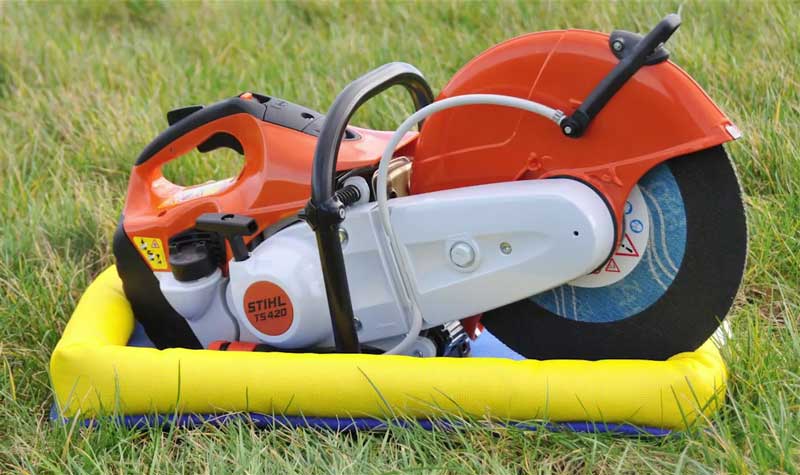
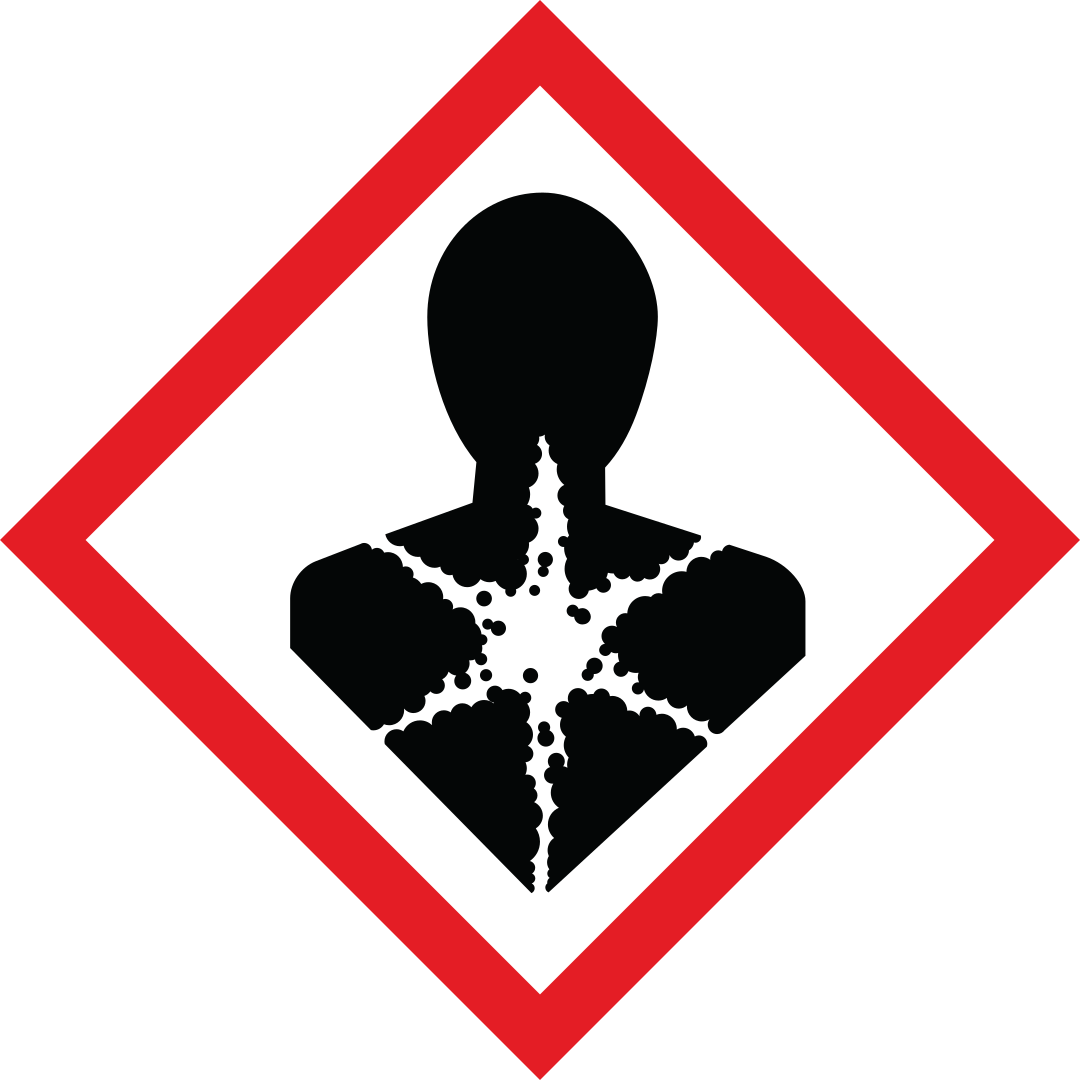
 CITB Health, Safety and Environment Test for Operatives and Specialists
CITB Health, Safety and Environment Test for Operatives and Specialists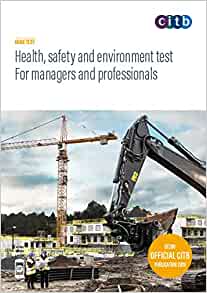 CITB Health, Safety and Environment Test for Managers and Professionals
CITB Health, Safety and Environment Test for Managers and Professionals

